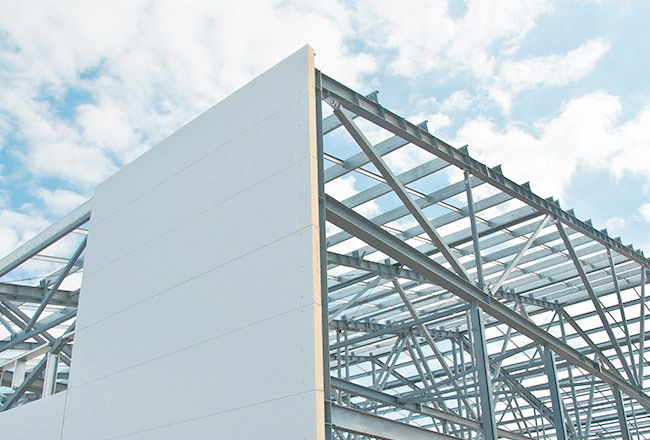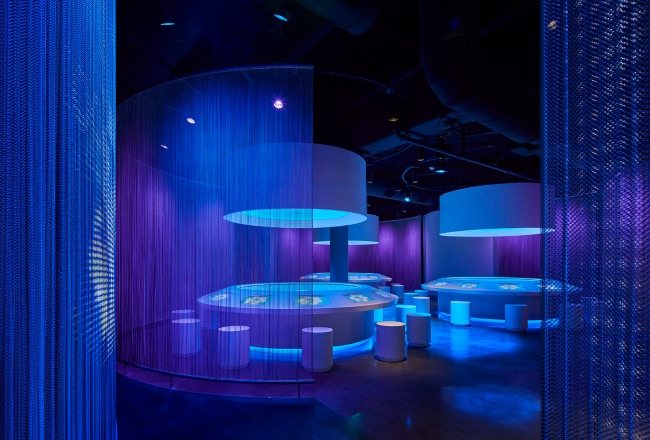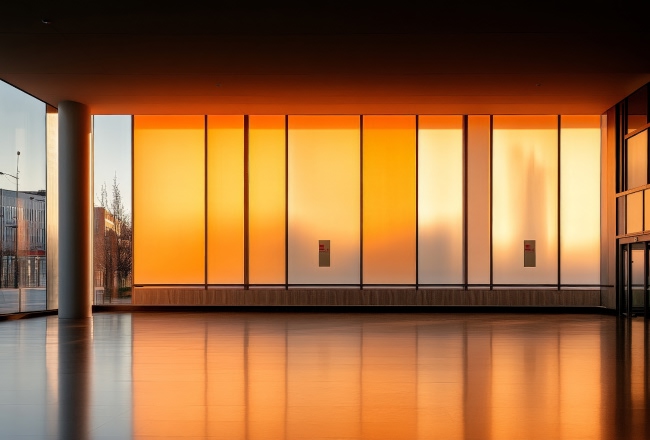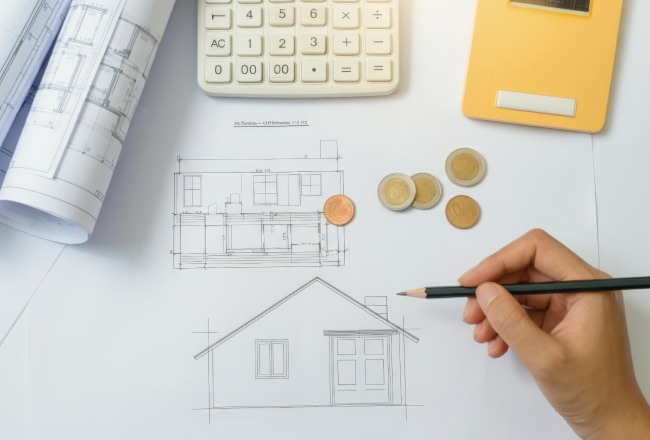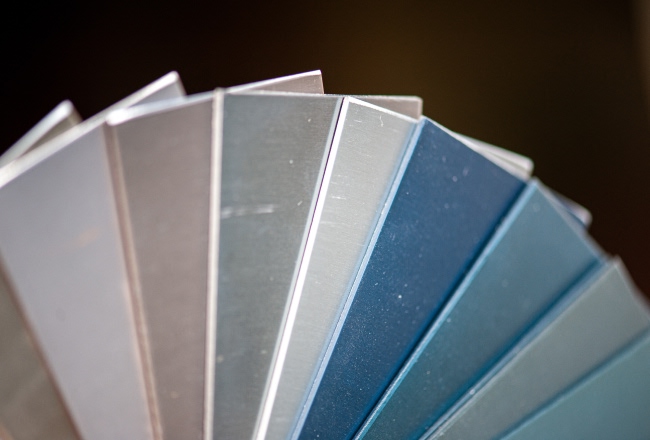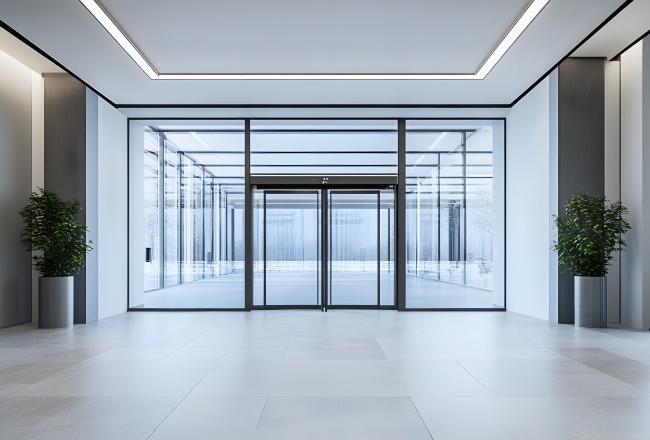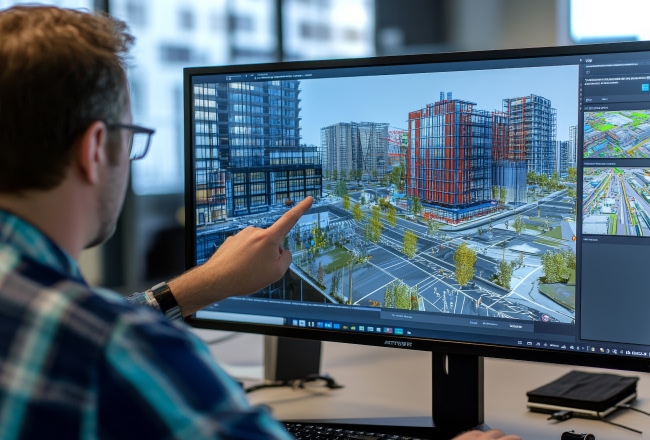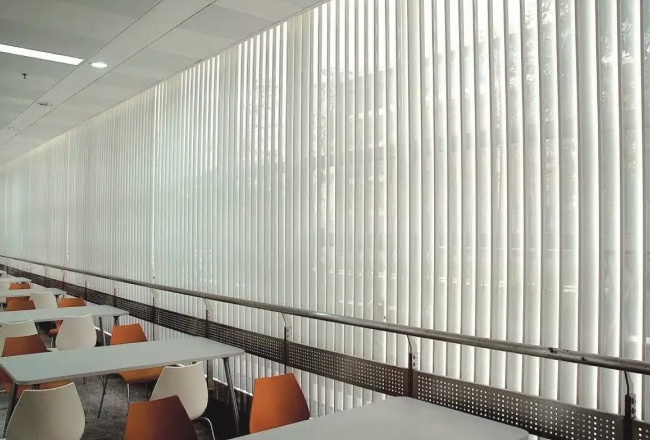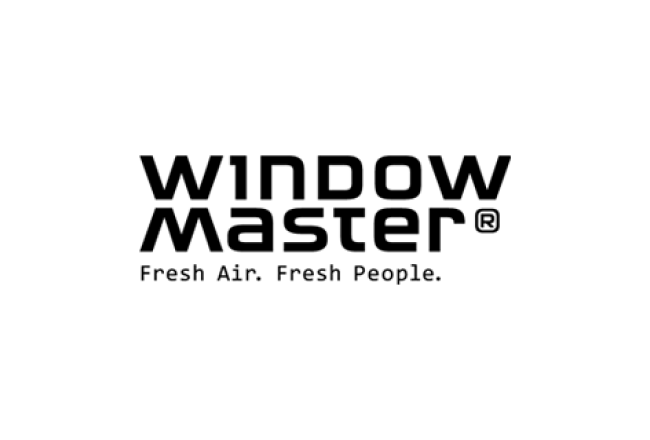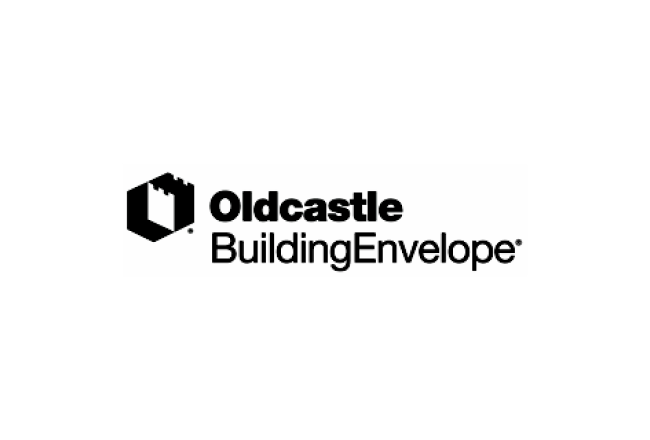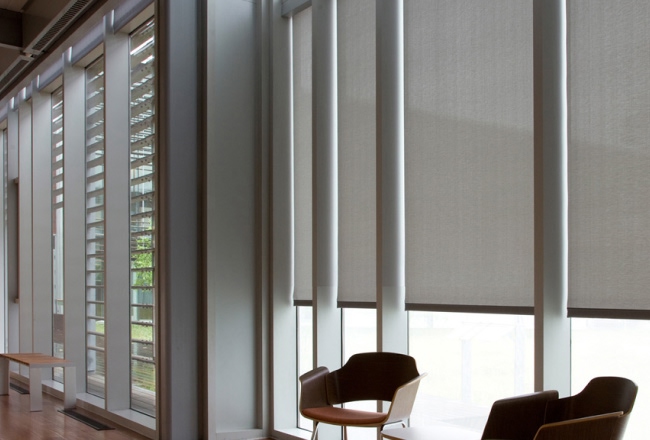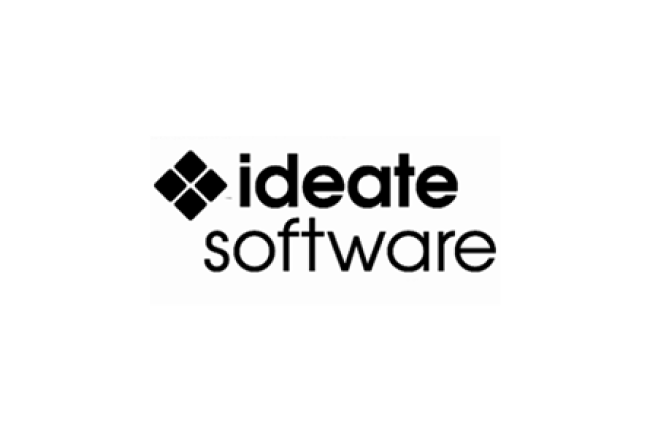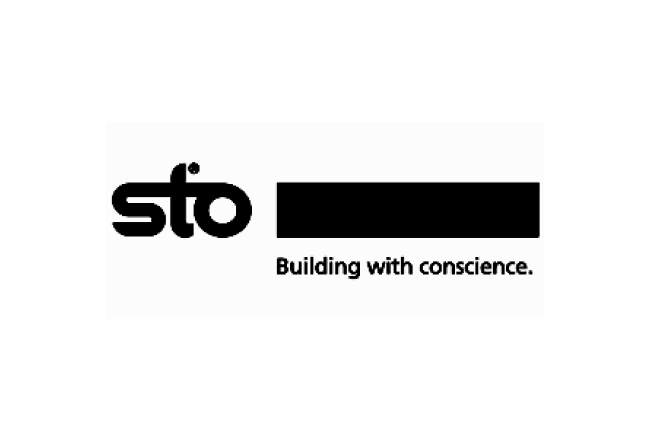
Online Courses
These CE accredited AEC courses offer a flexible way to learn within your own schedule on mobile or desktop. Our multi-platform courses bring you the latest interior and exterior product and design information from the industry’s leading manufacturers and innovators. All courses provide Learning Units (some with HSW credits) and a certificate of completion.
Demystifying Security Solutions in Architecture, Building & Design Projects
Credits: 1 AIA HSW LU
Building the Perfect Wall with Insulated Metal Panels
Credits: 1 AIA HSW LU
The Specifier’s Guide to Frameless Glass Railing Solutions
Credits: 1 AIA HSW LU
Lighting Effects with Coiled Wire Fabric
Credits: 1 AIA HSW LU
Take Advantage of your Vertical Surfaces: Building – Integrated Photovoltaics
Credits: 1 AIA HSW LU
Transforming Construction Specs: 5 Game-Changing Strategies
Credits: 1 AIA LU
Design Smarter: Carbon Analysis in Early-Stage Design
Credits: 1 AIA LU
Fundamentals of Glass Railing System Design
Credits: 1 AIA HSW LU
The Past, Present, and Future of Daylighting in Design
Credits: 1 AIA HSW LU
Design Flexibilities of a Fluoropolymer Coating in the Architectural Market
Credits: 1 AIA HSW LU
Decorative Concrete as a Design Solution
Credits: 1 AIA LU
Embodied Carbon Update – Emerging Tools & Strategies
Credits: 1 AIA HSW LU
Achieving Sustainable Performance for Decades with Coil and Extrusion Coatings
Credits: 1 AIA HSW LU
Specifiers Guide to Artificial Intelligence
Credits: 1 AIA LU
Glass Entrance Systems in Commercial Spaces
Credits: 1 AIA HSW LU
Facade Automation Technology for Public Building Projects
Credits: 1 AIA HSW LU
Insulated Backup Panels – A Simpler Solution
Credits: 1 AIA HSW LU
Making the Right Choice: Storefront, Window Wall, or Curtain Wall
Credits: 1 AIA HSW LU
Requirements and Solutions for Automating Shades & Window Coverings
Credits: 1 AIA HSW LU
Clone Yourself and Save Time on Repetitive Revit Tasks
Credits: 1 AIA LU
Profit by Design: A Financial Bootcamp for Architecture Leaders
Credits: 1 AIA LU
Rainscreen Systems Made Easy
Credits: 1 AIA HSW LU

